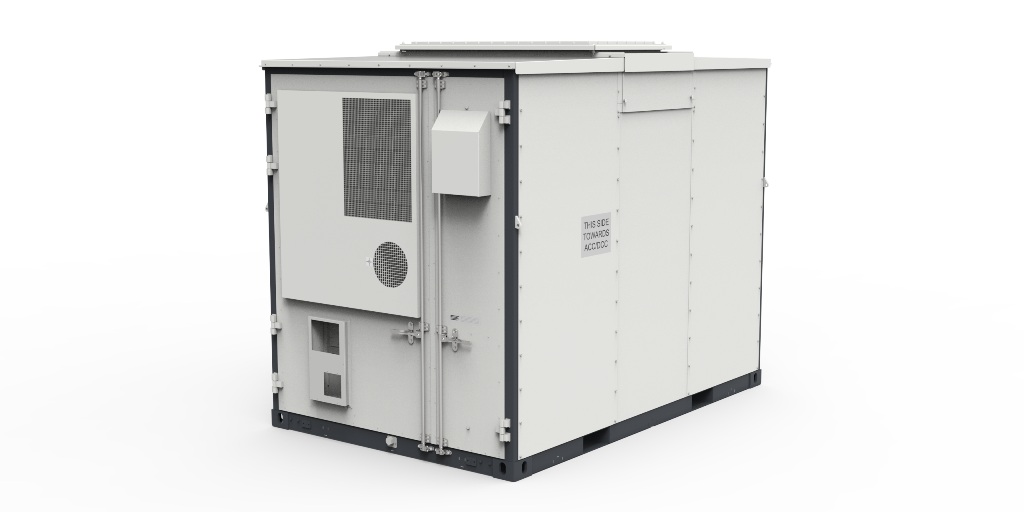Technology group Wärtsilä has launched Quantum High Energy (QuantumHE), a next-generation energy storage system with advanced safety features and enhanced energy density.
QuantumHE utilises 306 Ah battery cells, optimising the usable energy during the lifecycle and increasing the energy density of storage facilities by nine percent. The enhanced density reduces land requirements by up to fifteen percent and reduces the number of units required per facility, lowering equipment costs, expediting the development process and reducing maintenance requirements.
QuantumHE is compatible with Wärtsilä’s sophisticated GEMS Digital Energy Management Platform, which monitors, controls and optimises energy assets on both site and portfolio levels. GEMS can support large energy storage facilities with built-in control features and power purchase agreement optimisation. GEMS enables several advanced grid support services including black start, island operation and virtual synchronous generator (VSG) and it is evolving to provide predictive battery analytics.
Most competitive design
“QuantumHE is the safest, most competitive design on the market,” said Darrell Furlong, Director, Energy Storage Product Management and Hardware Engineering at Wärtsilä Energy. “Over the past year, we have conducted several large-scale fire safety tests and participated in numerous standards to improve the entire industry’s safety record. And we are committed to continue pushing the envelope, and remain committed to maintaining our 100% fire safety record for our GridSolv Quantum energy storage system.”
Third-largest in energy storage
Wärtsilä is the third largest energy storage system integrator, according to S&P Global, with a portfolio of over 3.5 gigawatts (GW) and over 7.5 gigawatt-hours (GWh) of energy storage capacity awarded, contracted, or in deployment.
Features of QuantumHE
- Advanced battery cells that provide high energy density (306 Ah)
- Active dehumidification to combat moisture and condensation
- Pre-fabricated fire walls to reduce the risk of unit-to-unit thermal propagation
- External door latches to provide first responders safe and fast unit access
- Gas detection ports allowing for external sampling enhancing safety for first responders
- Centrally located dual sprinkler systems to improve fire suppression performance
- Leakage protection for coolant, electrolytes and low Global Warming Potential (GWP) refrigerants
Also read: Wärtsilä Launches Major Test Programme Towards Carbon-Free Solutions

